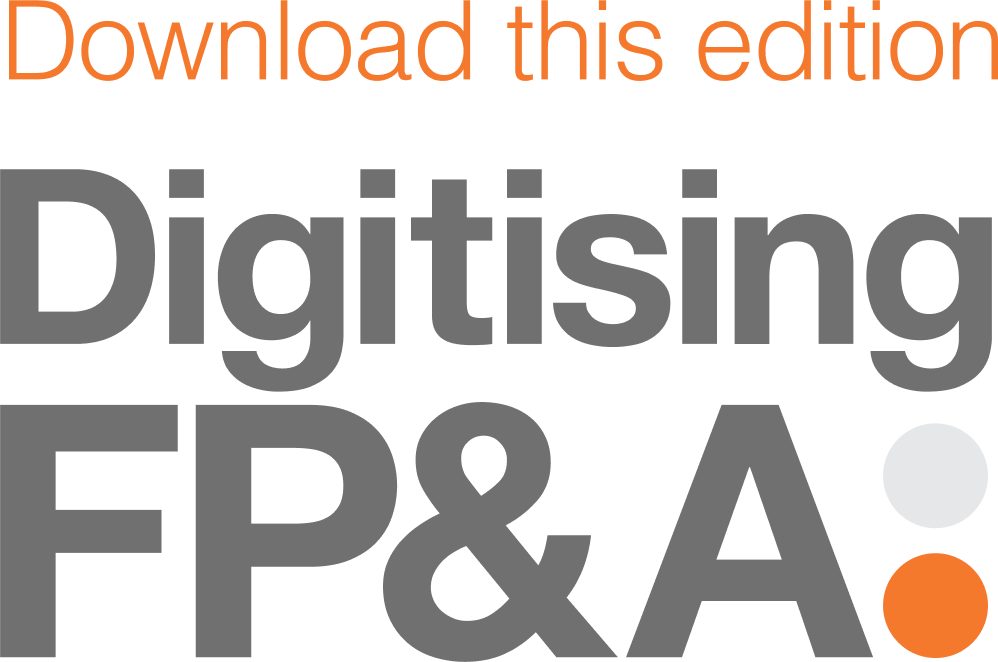Organisations of all sizes face challenges when it comes to financial forecasting. These can include access to reliable data, the use of inconsistent calculations and formula fields within Excel spreadsheets and multiple versions of the same base data set that cause confusion for the finance team. The larger and more complex an organisation is, the more compounded these problems become.
If this sounds familiar, you’re not alone. Finance leaders have never been more strategically important to businesses. It’s essential they provide accurate financial forecasting that drives sound decision-making, especially in the current landscape of uncertainty.
At GK Horizons, we’ve identified three primary ways you can reduce your organisation’s time, cost and compliance risk when it comes to financial forecasting and help easily identify errors when things go wrong:
1) Increase the frequency of consolidated planning across the business
Rather than waiting until budget cycle times or quarterly reviews, consider consolidating business budgets and planning each month across all areas of the business. This helps reduce the large amount of time dedicated to the last-minute rush during budget cycle times to pull data together. It also helps the business more quickly and easily identify errors and inconsistencies in formula fields and calculations.
It’s also essential that you involve all key staff members in the planning process on a regular basis. By engaging all relevant business stakeholders with this process, you can ensure that teams are updating their budgets and planning as available, to save finance teams from chasing information come crunch time.
2) Consistently cross-check financial models with relevant data sets
Cross-checking your profit and loss statements, the balance sheet and cashflow with financial models on a regular basis lets you identify any data discrepancies quickly. This affords you more opportunities to mitigate risks and adapt planning to accommodate any necessary changes before they become larger issues.
Using real-time data also helps you more quickly identify discrepancies across data sources and resolve issues, especially when compared with outdated planning methods like Excel spreadsheets that require manual updating.
3) Streamline processes by using integrated tools
The use of integrated tools can automate your data feeds into financial models from relevant sources, letting you cleanse data and help the finance team achieve better access to real-time data insights. By investing in integration tools to help with data entry and analysis, you can also recover time for your finance team to focus on higher-priority tasks. In addition, these tools can help to reduce the potential human error in data entry, minimising the chances of things going wrong in your financial planning.
Being able to identify the potential for risks in your financial forecasting is critical for business success, especially in uncertain markets. In our recent tip sheet, we identified five ways you can drive performance with integrated financial modelling and incorporate more flexibility into your business processes. For more information, contact the GK Horizons team today or download your copy of our tip sheet.








